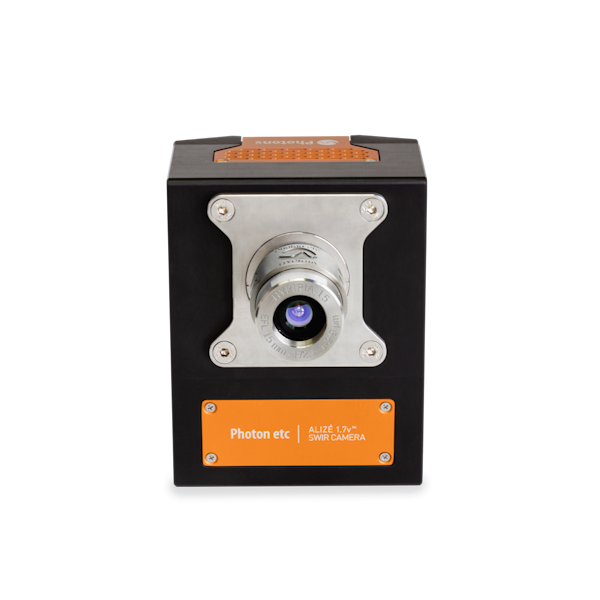What is Infrared Imaging?
Infrared imaging is a powerful technology that allows one to capture images of the infrared (IR) spectrum, which is outside the range of visible light. Infrared cameras use a variety of detectors, based on different materials such as indium gallium arsenide (InGaAs) or mercury cadmium telluride (MCT, HgCdTe), to convert IR radiation into visible images.
One of the major benefits of infrared imaging is that it allows us to "see" things that are not visible to the human eye. For example, we can use infrared imaging to detect heat leaks in buildings, identify hot spots in electrical systems and locate people and animals in low-light or even no-light conditions.
In addition to these practical applications, infrared imaging is also used in scientific research, such as in astronomy to study the temperature and composition of stars, and in environmental monitoring to study the temperature and movement of ocean currents.
Overall, infrared imaging is a versatile and powerful technology that has a wide range of applications across many different fields, from industrial and scientific research to medical diagnostics and environmental monitoring.


Thermography vs infrared imaging?
Infrared cameras and thermal imaging cameras both capture images of the infrared spectrum, which is beyond the range of visible light. The main difference between the two is how they capture these images. Infrared cameras capture images based on the intensity of the reflected or emitted infrared radiation, including visible light in the NIR and SWIR bands. They're ideal for applications where low-light conditions are a concern such as surveillance and night vision.
On the other hand, thermal imaging cameras capture images based on an object's temperature, usually in the LWIR spectral range where the black body radiation for room temperature objects peaks. They are designed to detect infrared radiation emitted by an object, rather than reflected or transmitted. This means they can "see" heat and can be used to create a visual representation of the temperature distribution of an object or scene. Thermal imaging cameras are primarily used for industrial and scientific purposes, such as machinery monitoring and detecting thermal leaks.
While both types of cameras capture infrared images, their differences in image capture techniques make thermal imaging cameras more specialized and better suited for industrial and scientific applications, while infrared cameras have a wider range of uses.

A broadband camera: Why a black & white image?
A broadband infrared camera is capable of capturing images across a wide range of the infrared spectrum. These cameras use a broadband detector that is sensitive to a wide range of infrared wavelengths.
The image captured by a broadband infrared camera appears as a grayscale image, just like a black and white photograph. The brightness of each pixel in the image corresponds to the intensity of the infrared radiation emitted or reflected by the object being imaged. Darker regions in the image correspond to lower intensities of infrared radiation, while brighter regions correspond to higher intensities.
The image produced by a broadband infrared camera can provide valuable information about the temperature distribution and other physical properties of the objects being imaged. These cameras are used in a wide range of applications, including industrial and scientific research, medical imaging, and surveillance.
Photon’s camera (InGaAs and MCT or HgCdTe detectors)
The InGaAs camera operates in the short-wave infrared (SWIR) range of the spectrum, covering wavelengths from 900 to 1700 nm. It uses an indium gallium arsenide (InGaAs) sensor to detect light in this range and is often used in industrial and scientific applications, such as plastics and textiles sorting or for imaging biological samples. Photon etc. offers two types of InGaAs sensors :
Alizé 1.7 amongst the most cost-effective high-end InGaAs cameras on the market with a operation temperature of -50 °C
Zéphir 1.7. is a deep cool camera with an operating temperature as low as -80 °C resulting in one of the most sensitive cameras on the market.
The mercury cadmium telluride (MCT or HgCdTe) sensor, on the other hand, operates in the short-wave infrared (SWIR) and extended short-wave infrared (eSWIR) ranges of the spectrum, covering wavelengths from 900 to 3000 nm.This sensor to detect light in this range, and is often used in applications such as remote sensing and gas detection.
Both the InGaAs and MCT cameras from Photon etc. offer high sensitivity, low noise, and fast imaging speeds, making them well-suited for a wide range of applications. Additionally, they can be customized to meet the specific needs of different research and industry applications.

